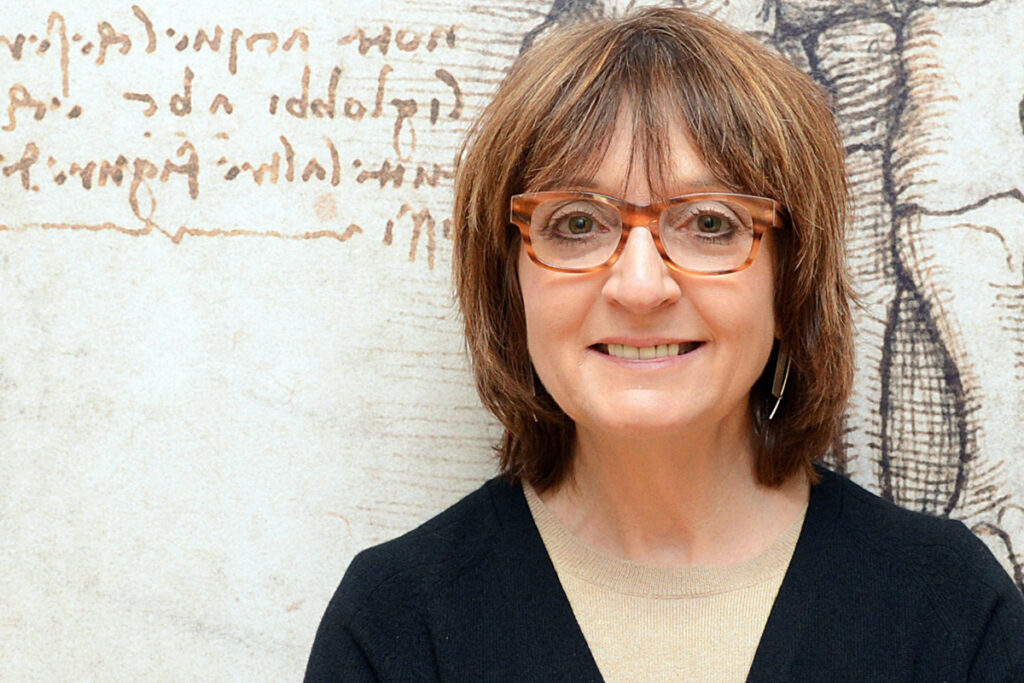A collaborative clinical trial led by scientists from Emory University and the Icahn School of Medicine at Mount Sinai has identified a biomarker that indicates the efficacy of deep brain stimulation (DBS) in patients with treatment-resistant major depressive disorder. The electrophysiological biomarker is a neural signal detectible during implantation surgery for DBS.
DBS is a neurosurgical procedure that involves implanting a neurostimulator, sometimes called a brain pacemaker, that emits high-frequency electrical impulses deep in the brain in regions responsible for specific neurological disorders. The FDA has approved DBS for the treatment of essential tremor, Parkinson’s disease, epilepsy, and obsessive-compulsive disorder.

The study published in Translational Psychiatry (Intraoperative neural signals predict rapid antidepressant effects of deep brain stimulation), reports brief exposure to therapeutic DBS at the time of implantation surgery induces a quick and consistent change in the electrophysiological state of the brain state that can be measured as a decrease in “beta power” at the site of stimulation. This decrease in beta power correlates with an improvement of depressive symptoms in patients after the surgery, without additional stimulation, indicating decreased beta power is a biomarker that may be used for optimizing DBS treatment.
Led by Helen S. Mayberg, MD, Mount Sinai professor in neurotherapeutics and founding director of the Nash Family Center for Advanced Circuit Therapeutics at Mount Sinai, this trial (clinicaltrials.gov #NCT01984710) is part of an ongoing National Institutes of Health (NIH) BRAIN Initiative-funded grant.

Nearly 30% of patients with depression have less than a full response or become resistant to conventional treatment options such as antidepressants. The reasons for developing treatment-resistant depression (TRD) are not clear. Several case studies suggest DBS in the subcallosal cingulate (SCC) gyrus area 25, a brain area implicated in depression, is a promising intervention for patients suffering from TRD. But exactly how DBS works is not known. An objective biomarker for DBS could provide insights into mechanisms underlying its anti-depressive effects and help optimize this experimental approach for TRD.
“We generally think of depression treatment as taking weeks to months to show stable and meaningful changes in core clinical features of the illness,” said Mayberg. “This study shows reproducible and consistent changes in a brain readout over the first minutes of optimized stimulation in the operating room in individual patients. This provides new mechanistic understanding of the ‘depression switch’ that moves a patient from a state of sustained mental pain and immobility to relief and the renewed capacity to move and engage.”
As part of the study, the researchers first identified the optimal target in the SCC for lead placement in each patient through a method called “tractography modeling.” The researchers then implanted tractography-guided bilateral DBS electrodes, each with four contact points, in six male and two female patients with treatment-resistant depression between the ages 37 and 66 years. They then performed electrophysiological recordings in the operating room while the patients were fully awake and alert.
Over the course of one hour, the patients received stimulations at a frequency of 130 Hz and a current of 6 mA while local field potentials—electrical signals between neurons—were simultaneously recorded.
“What we found was that within minutes of stimulation inside the operating room, there was a change in the beta brain rhythm. Patients who showed larger changes then experienced greater relief from their depression in the week after surgery,” said Waters. “The beta rhythm is conventionally associated with the brain’s determination of whether to stop or keep going with a course of action, which is why neurologists target beta with DBS to treat disorders of movement. We haven’t had a clear signal to target with DBS for depression, but now we can speculate as to how the beta signal might function in this context: a release of the brake that generates fatigue and slowness or interrupting a habitual cycle of negative self-focused thought.”
The researchers used several new methods in the study but the most important was “the use of AI to identify signals,” said Waters. “A machine learning strategy allowed us to look at a group of signals simultaneously, without the bias of conventional thinking. What the AI found was surprising, but when we looked back with a more conventional method, we could see it very clearly at the level of individuals—which is unusual in human brain science. We needed the unbiased approach to lead us to a signal that can now be investigated using more hypothesis-driven strategies.”
Mohammad Sendi, PhD candidate in the biomedical engineering department of Emory University and Georgia Institute of Technology and co-first author of the paper said, “We were able to leverage machine learning and explainable artificial intelligence approaches to explore hidden changes in brain state that would explain the obvious behavioral changes previously observed.”
The machine learning classification modeling method helps distinguish between intracranial LFPs before and following stimulation. The researchers then tested the predictors of the antidepressant response by evaluating spectral inputs using the machine learning model.
The authors observed a 45.6% decrease in depression scores after one week, measured using the 17 item-Hamilton Depression Rating Scale (HDRS). This early antidepressant response correlates with a decrease in the SCC LFP beta power, which most contributes to classifier success.
“We are now in the process of tracking this beta rhythm signal over the course of treatment with deep brain stimulation,” said Waters. “The outstanding question is whether changes in this feature over weeks and months will indicate how the brain is responding to treatment—whether we need to change the parameters of stimulation, e.g., the dose, to optimize treatment for an individual.”



